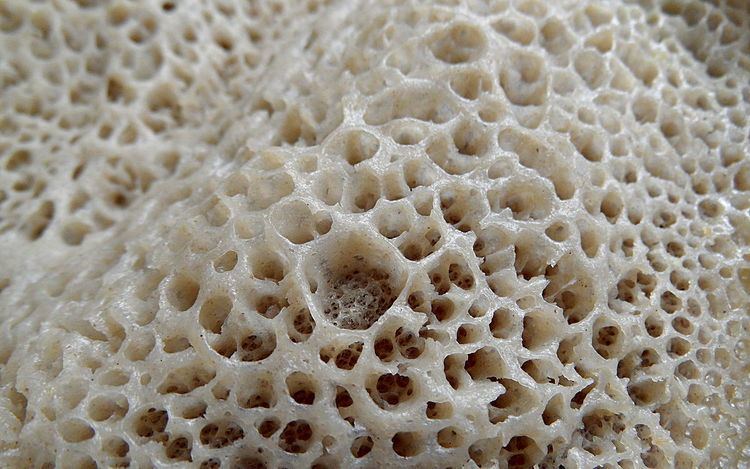 | ||
Injera, also known as taita, is a traditional Ethiopian bread. It is central to the dining process as bread is the most fundamental piece of any meal. While it has been specific to Ethiopia and has historically lacked popularity in other regions, it has gained popularity in recent years.
Contents
Ingredients
Traditionally, injera is made with Eragrostis tef: an ancient grain from the highlands of Ethiopia. In order to understand the origin of injera one could look to the origin of the grain made to make it, but there is little written and known about its origin. There is debate about this among those who are writing about the subject, but it has been stated by some that the production of tef dates back as far as 4,000 B.C. When tef is not available, in both Ethiopia and outside of its native country, injera can be made by fermenting a variety of different grains. Injera has been known to be made with barley, millet, and sorghum when tef is not available, usually because of location or financial limitations. Ideally, injera is always made with tef.
Cooking method
The cooking method for injera has changed little since its origin. The concept is the same: the grain is mixed with water and fermented for a period of time which may vary depending on which grain is being used. Traditionally, those are the only two ingredients and then that mixture is thinly laid onto a giant circular griddle, or mitad, which has been found at archaeological sites dating back as far as 600 A.D. during the 5th and 6th century. A mitad today does not necessarily have to be made out of clay, but it is still a large, circular griddle on which the injera mixture is baked.
Uses
Injera, as previously mentioned, is the most important component to any Ethiopian meal. It is often both the serving platter and utensil for a meal. Hearty stews such as Wat (food) are placed on top of the bread and then the meal is eaten by tearing pieces of injera off and scooping up the stews. While injera's literal use has not changed since its creation: to be the base and staple of any Ethiopian meal, its symbolic value has taken on new meanings. For starters, different varieties of injera can be found in the highlands vs. lowlands of Ethiopia. In the lowlands injera is often made with sorghum and in the highlands it is more commonly made with barley. Either way, because it is made with something other than tef its symbolic value has already decreased compared to the symbolic value of injera made with tef. There are symbolic value differences with types of tef as well. White-grained tef is more expensive to buy and thus symbolizes a higher status than its cheaper counterpart, red-grained tef.
Ethiopian Immigration to the United States
Homeland Security's 2008 Yearbook of Immigration Statistics shows that before 1930, there were no Ethiopians in the United States with legal, permanent resident status, and there was a massive spike in numbers between the 1980s and 1990s. This is largely because the Refugee Act was passed in 1980. While that does not give specific detail as to the appearance of injera in Chicago specifically, it does give a starting time frame for when it was possibly appearing- no earlier than the 1980s.
Teff Production in the United States
Tef is now being produced in the United States by the Teff Company in Idaho, making tef more accessible to expatriate Ethiopians.
Ethiopian restaurants and markets in Chicago
There are between ten and fifteen Ethiopian restaurants in the city of Chicago as of present day. The earliest information for the very first comes from a newspaper article. In 1985, Iris Krasnow wrote an article for the Los Angeles Times which stated that, at the time, there was only one Ethiopian restaurant in Chicago. She had spoken to the owner of Mama Desta, which appears to be Chicago's first Ethiopian restaurant. At the time of the article, she writes that the restaurant is only eighteen months old. So, the first Ethiopian restaurant and the first place to see injera in Chicago opened in the late months of 1983, or the early months of 1984.
